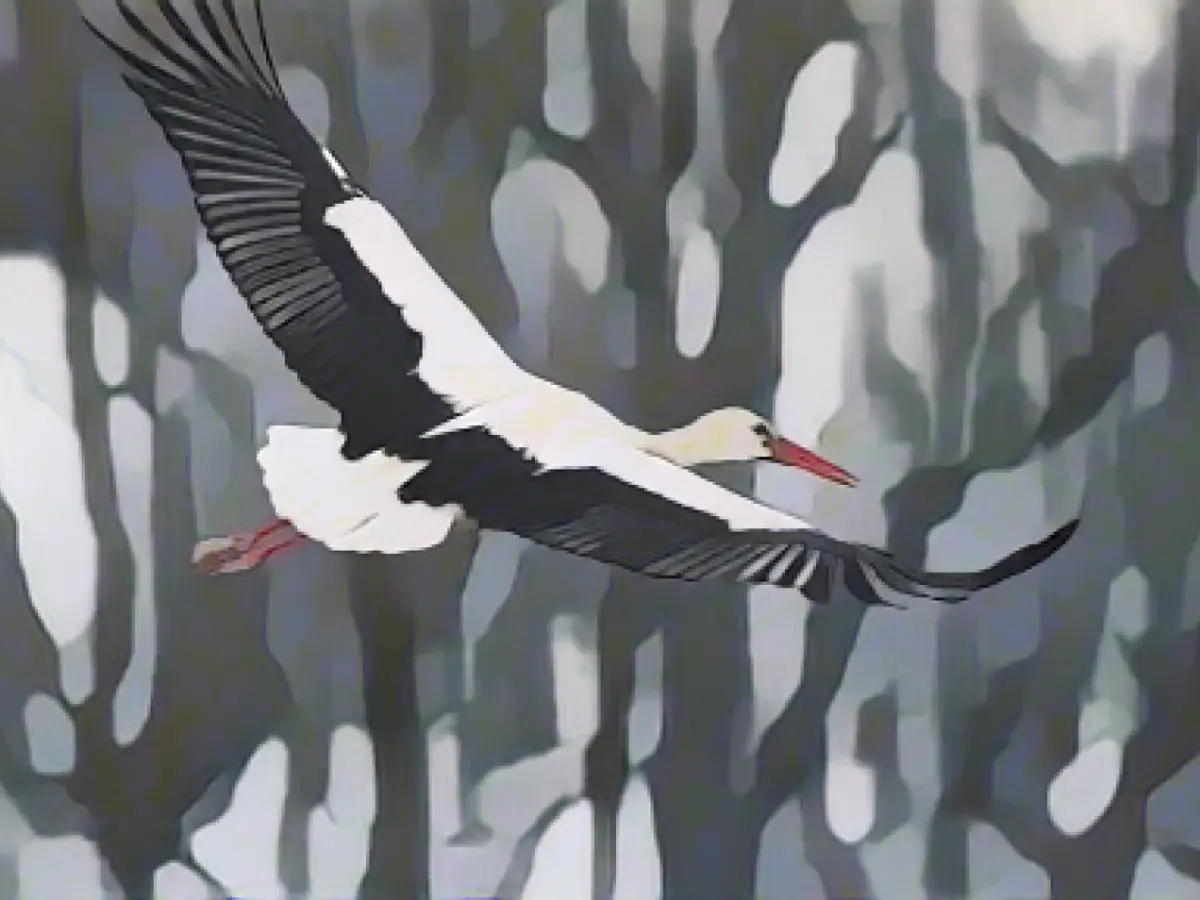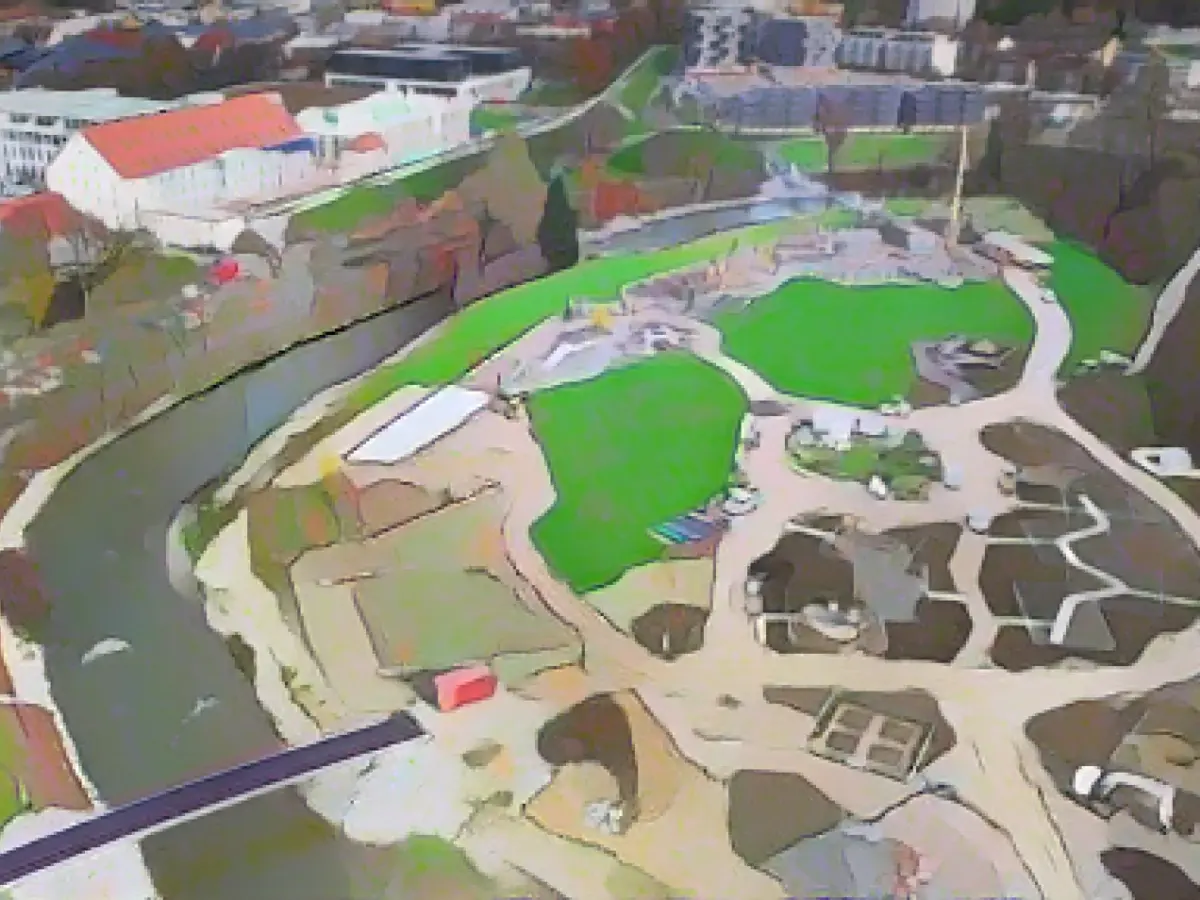Updates on Southwest Germany's Soaring Stork Population in 2023
Stork enthusiasts spotted a surge in the avian population once more in Baden-Württemberg, Germany. According to Nabu, the nature conservation association, an impressive 2,250 stork nests were accounted for—a 13% increase compared to the previous year. This growth was particularly noticeable in the breathtaking landscapes of Allgäu, Upper Swabia, and the Rhine Valley.
"We had a successful breeding season with our white storks in the state this year," noted Judith Opitz, the stork commissioner. A total of 4,050 baby storks fledged, with 1,488 tagged for tracking. This was also slightly higher than the preceding year's count, Opitz explained.
White storks have been thriving in Baden-Württemberg for years, marking a triumphant return from the brink of extinction. Back in 1975, the number of breeding pairs had plummeted to a mere 15 within the region. In light of the species' resurgence, Opitz celebrated this success as a testament to successful conservation measures.
Now, more and more storks are choosing to stay in the southwest during winter, a phenomenon known as "winter storks." These birds typically migrate to Africa but have discovered plenty of food sources within the region, persuading them to stay longer. Nabu’s winter stork count revealed numerous birds residing in Germany throughout the past few seasons.
About Storks in Baden-Württemberg
Stork sightings in Baden-Württemberg have been steadily increasing due to favorable environmental conditions and conservation efforts.
- Conservation Efforts: Successful conservation programs and habitat preservation have likely played a role in the region's thriving white stork population.
- Climate: Baden-Württemberg's climate, complete with a variety of landscapes, provides the storks with multiple food sources and nesting sites throughout the year.
- Community Engagement: The participation of local eBirders in tracking and monitoring the bird population assists in maintaining a stable white stork population.
Source:







